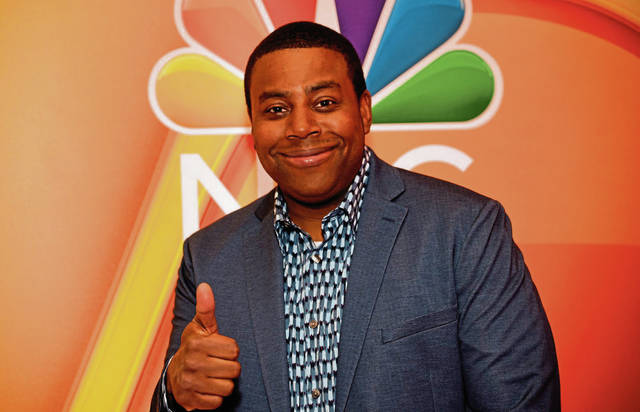Once ruler of kids' TV, Nickelodeon is working on a comeback
Twenty-five years ago, Brian Robbins was an aspiring young producer, scouring the country for talent.
He assembled a troupe of teens for a sketch comedy show, “All That,” that became all that and more for Nickelodeon. The goofy show helped usher in a period of peak imagination for the children’s channel along with “Rugrats” and then “Blues Clues” and “SpongeBob SquarePants.”
Now, Robbins is back at the Viacom cable network in a much different role — and in a much different world. As president of Nickelodeon, Robbins is trying to rescue the beloved operation from becoming a casualty of the streaming wars.
Daunting challenges
The challenges are daunting. Back in the 1990s, Nickelodeon’s competition was Cartoon Network, PBS and Disney Channel. Now, the network is struggling to fend off incursions from Netflix, Amazon, Hulu and Disney+, the just-launched streaming service that secured 10 million customers in its first day.
Disney has enlisted Mickey Mouse, Marge Simpson and Woody, the “Toy Story” cowboy, for its family-friendly, $6.99-a-month streaming service. WarnerMedia grabbed Big Bird and Oscar the Grouch for its upcoming HBO Max service, and Apple TV+ is hoping to gain altitude with “Snoopy in Space.”
“We have to move fast, and continue to evolve as the business evolves,” Robbins said. He added that for the last 13 months, since he became president, his priority has been to re-create the excitement that once defined Nickelodeon: “We want to get back to that creative-driven culture that used to exist here.”
Indeed, for much of its 40-year history, Nickelodeon has been a leader in kids entertainment. When it launched in 1979, pay-TV operators correctly surmised that offering a dedicated children’s channel would lure parents who would pay for a TV subscription.
Nickelodeon grew in popularity and was distributed in nearly 100 million American homes.
Ratings slide
Then came Netflix. The cable channel began licensing reruns of “SpongeBob” and other popular shows to the budding streaming service, which Netflix then offered commercial-free to its subscribers. Netflix quickly became a destination for kids.
As cord-cutting accelerated, Nickelodeon’s ratings slide intensified.
The children’s network has lost nearly 60% of its audience since 2010, according to Nielsen ratings data. And in Viacom’s recently ended fiscal year, Nickelodeon’s viewership among its core audience of children ages 2 to 11 slumped 28% compared to fiscal 2018, according to Bernstein & Co.
Work to be done
After taking the job as Nickelodeon president in October 2018, Robbins discovered just how much work needed to be done.
“The cupboard was sort of bare,” Robbins said. “We still have some hits, for sure, in ‘SpongeBob,’ ‘Henry Danger’ and ‘Loud House,’ but we needed new hits because we live in a world where we are competing with so much fresh content all of the time.”
He raced to put together a creative team, including a new head of animation, Ramsey Naito, and worked to repair Nickelodeon’s reputation in the Hollywood community.
“We really needed to get back to having a culture of creativity because Nickelodeon was always such a creative place,” Robbins said. “When the digital disruption took place, I’m not sure people knew how to react. I think it took a toll on people and people lost confidence.”
Major coup
Although it’s too early to evaluate the success of his efforts, Robbins scored a major coup last summer when he landed a project with A-list director Ron Howard and his Imagine Entertainment.
The producers of Oscar-nominated “Apollo 13” are now developing a live-action series set in space in collaboration with showrunner Daniel Knauf (“Carnivale,” and “The Blacklist”).
“You got the sense from the first conversation that Brian Robbins and his team really wanted to take big creative swings,” Howard said. “He’s giving Nickelodeon a big energy boost.”
Remove the ads from your TribLIVE reading experience but still support the journalists who create the content with TribLIVE Ad-Free.

